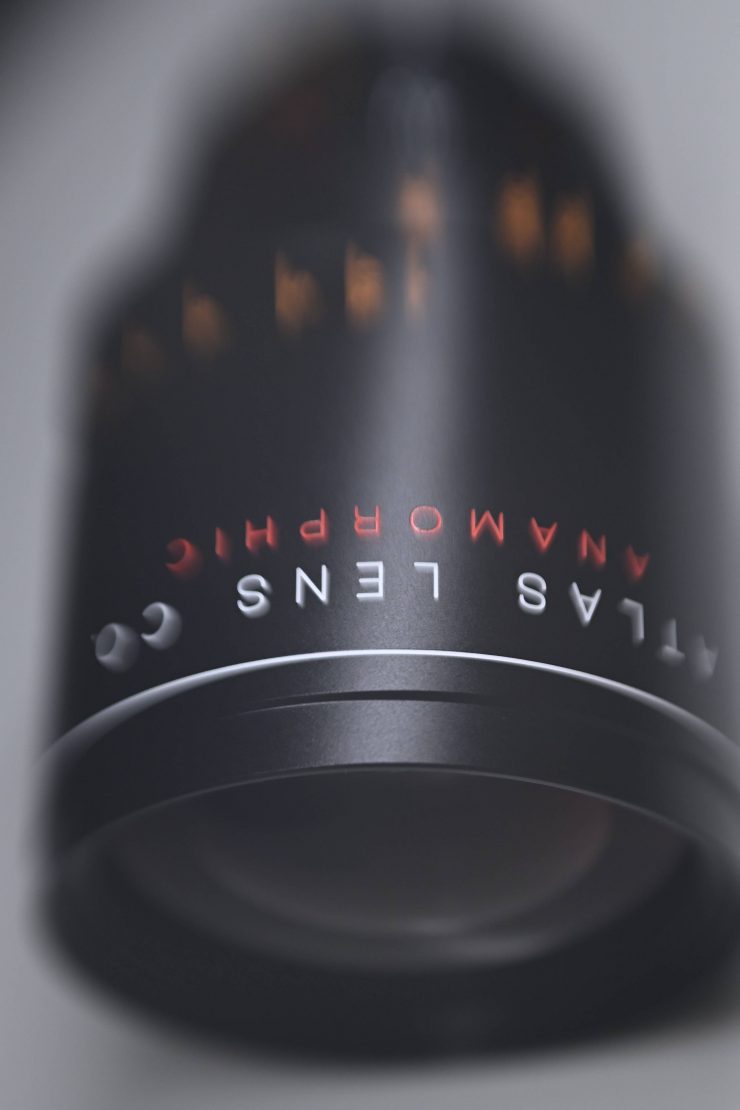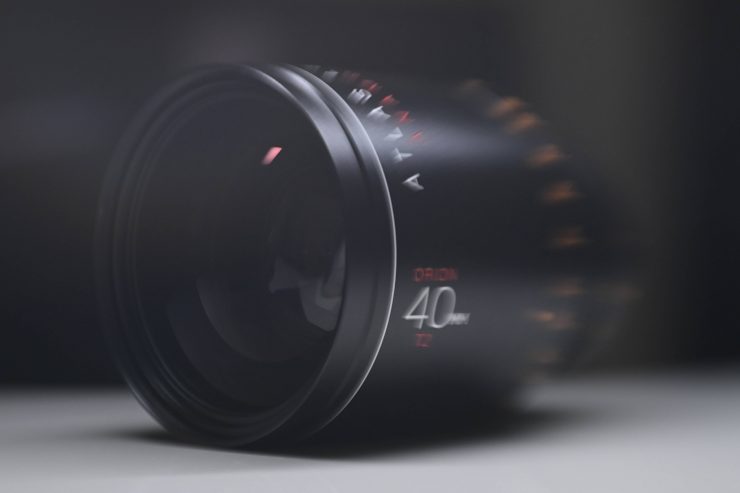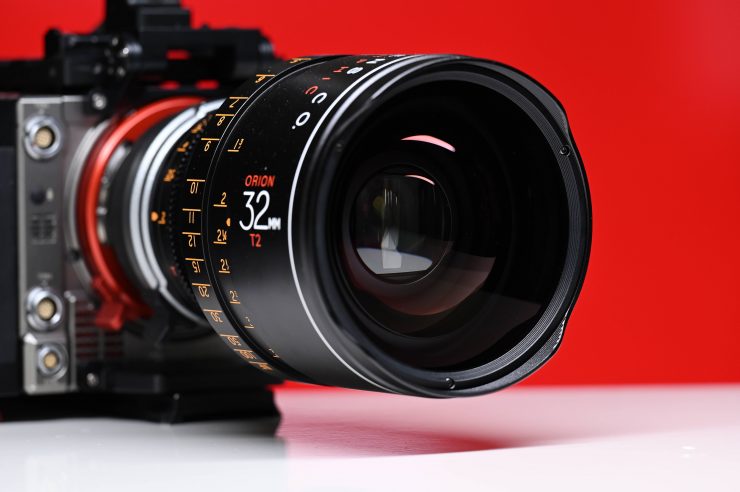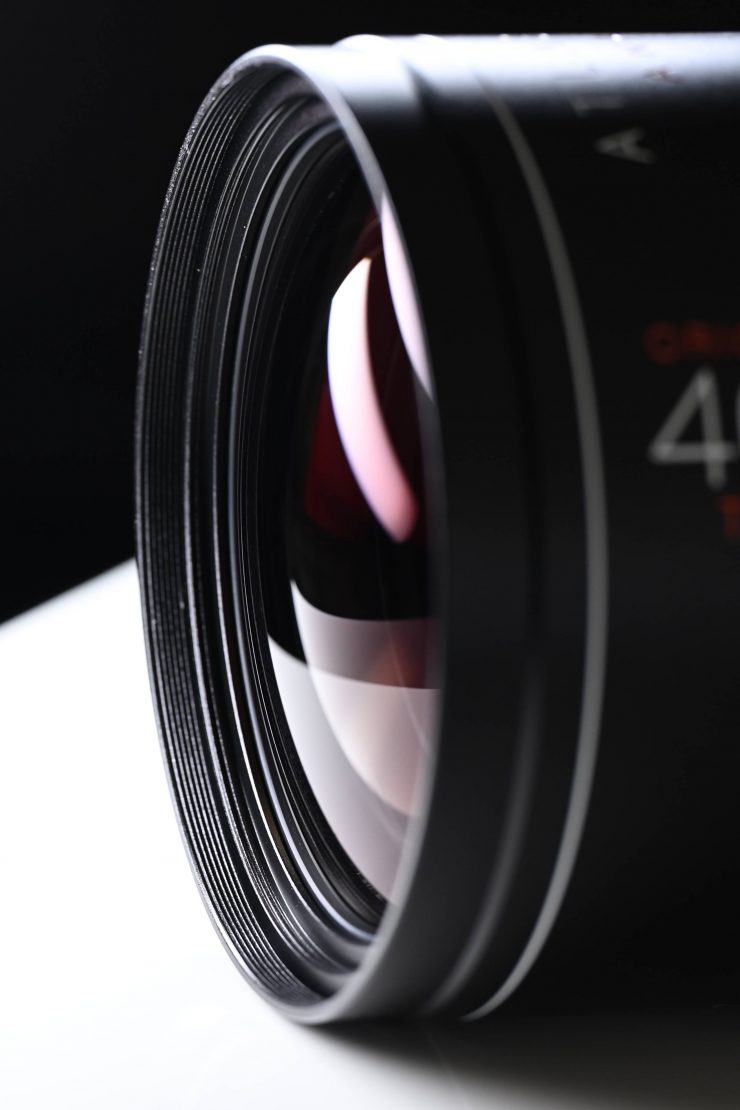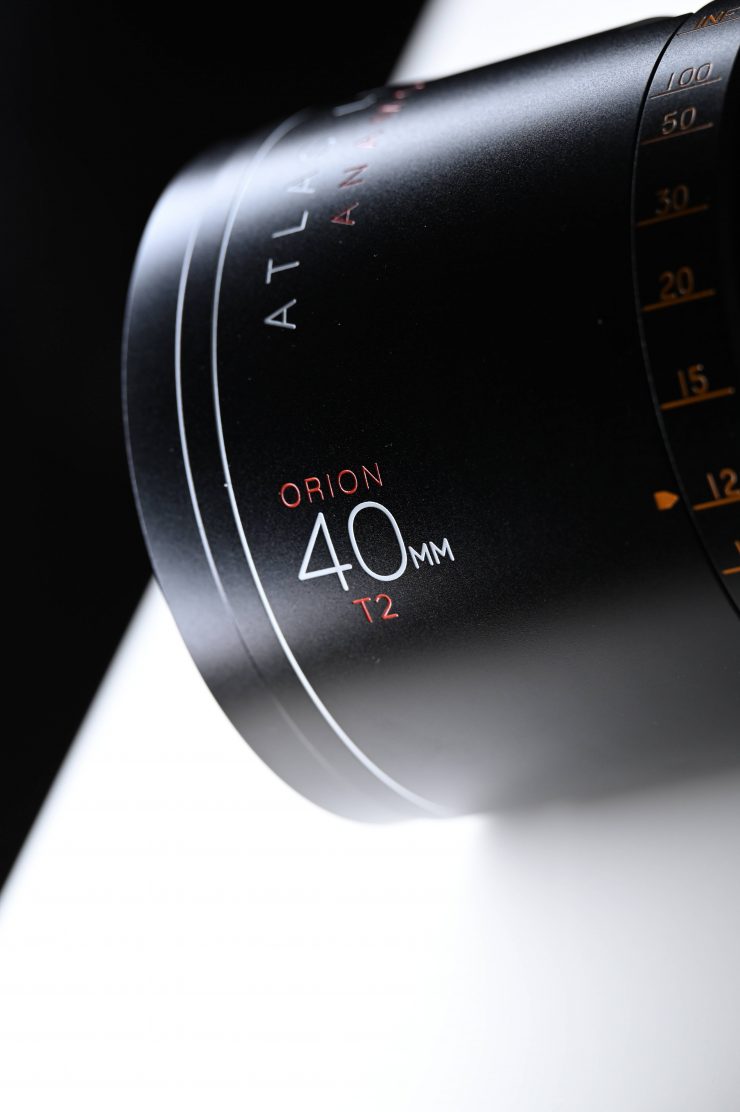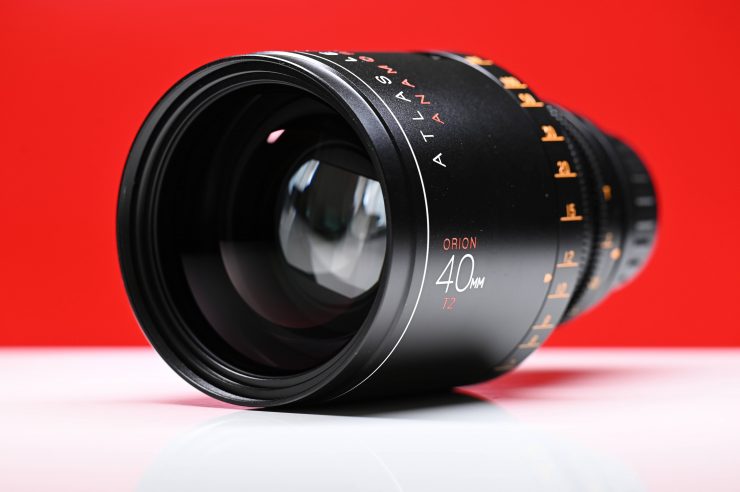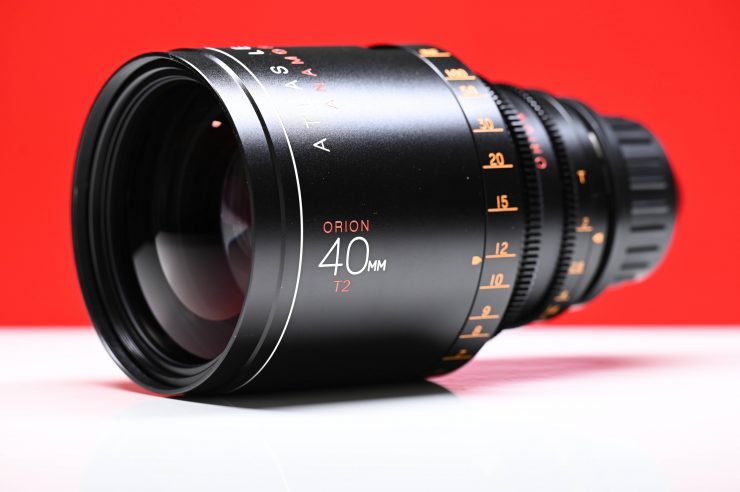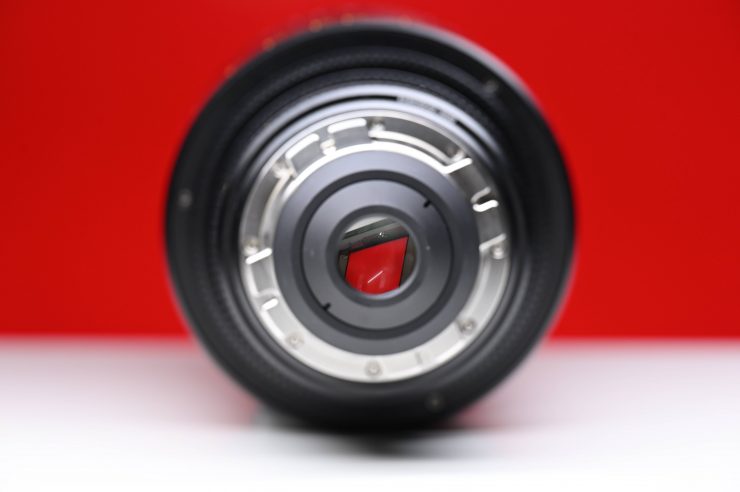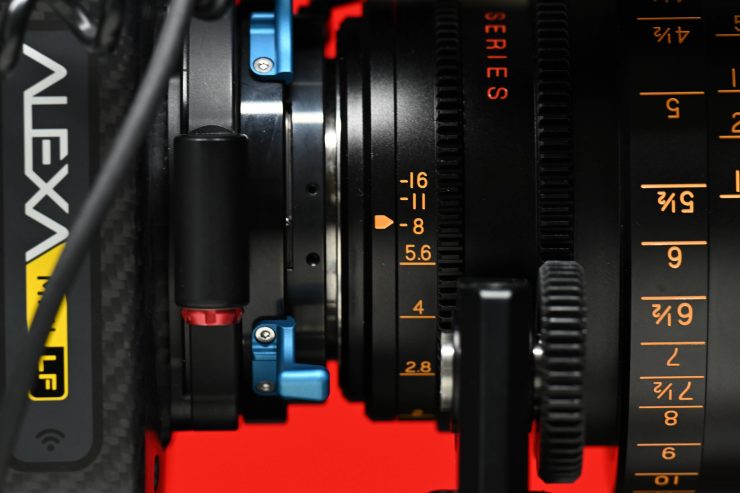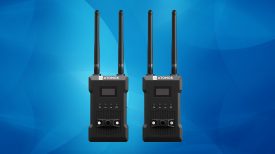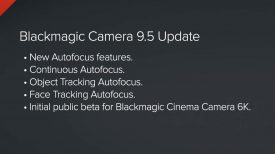Atlas Lens Co. has announced the Orion Series Silver Edition (SE). The SE features enhanced optics, specific special tuning, and bold, reactive, and neutral SE coatings for distinctive anamorphic flares. The SE will be available as a 6-lens set.
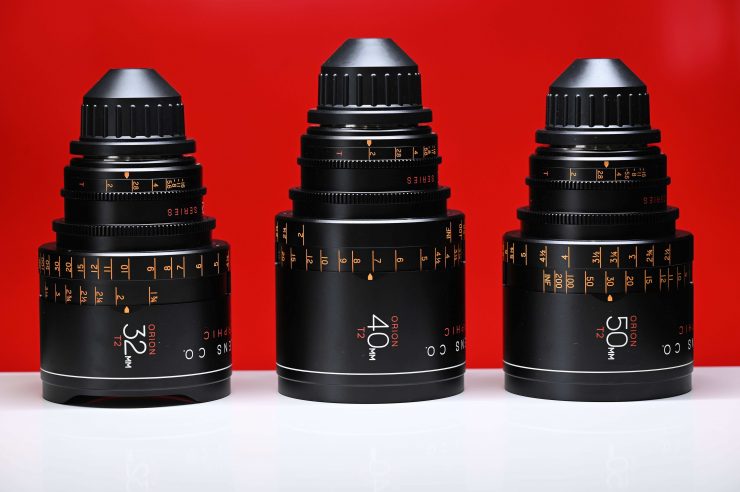
The focal lengths are:
- 32mm T2
- 40mm T2
- 50mm T2
- 65mm T2
- 80mm T2
- 100mm T2
If you are not familiar with Atlas Lens Co. they were founded in 2016 by lead designer Forrest Schultz and cinematographer Dan Kanes. The companies vision was to build anamorphic lenses that are optically pleasing, mechanically robust, and available to meet the needs of modern cinematographers worldwide.
Same, but different
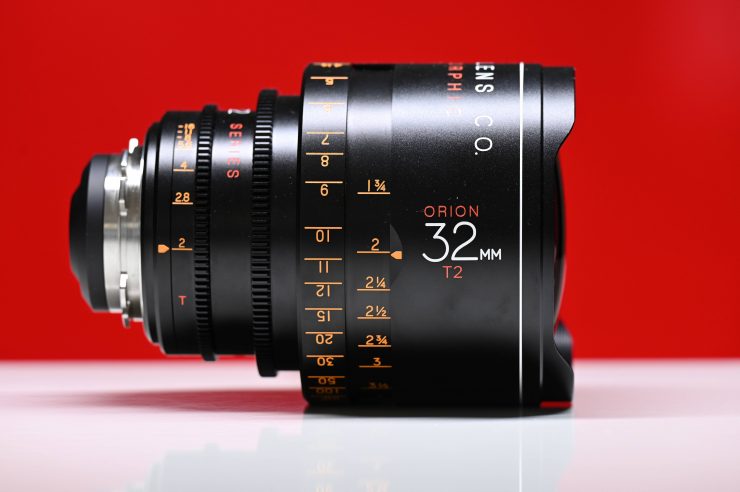
Single coated and uncoated modern optics have been very popular with cinematographers lately and Atlas has now joined the growing list of lens manufacturers who have options available. A lot of cinematographers want the look of a vintage lens, but they don’t necessarily want to deal with the old mechanics and quirks that these types of lenses sometimes come with.
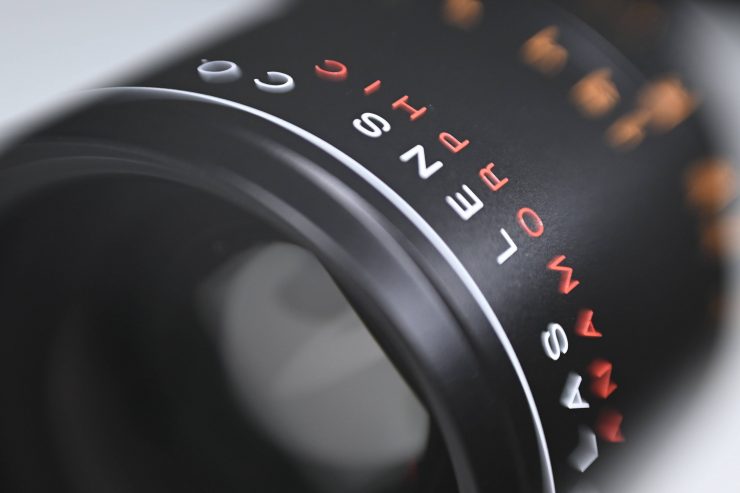
By changing the coatings and tweaking the optics, Atlas has been able to change the character of the Orion anamorphic lenses, but not to a point where they no longer resemble the original lenses. It is always a fine line with single coated or uncoated lenses, and you need to know how far to go without falling off the edge.
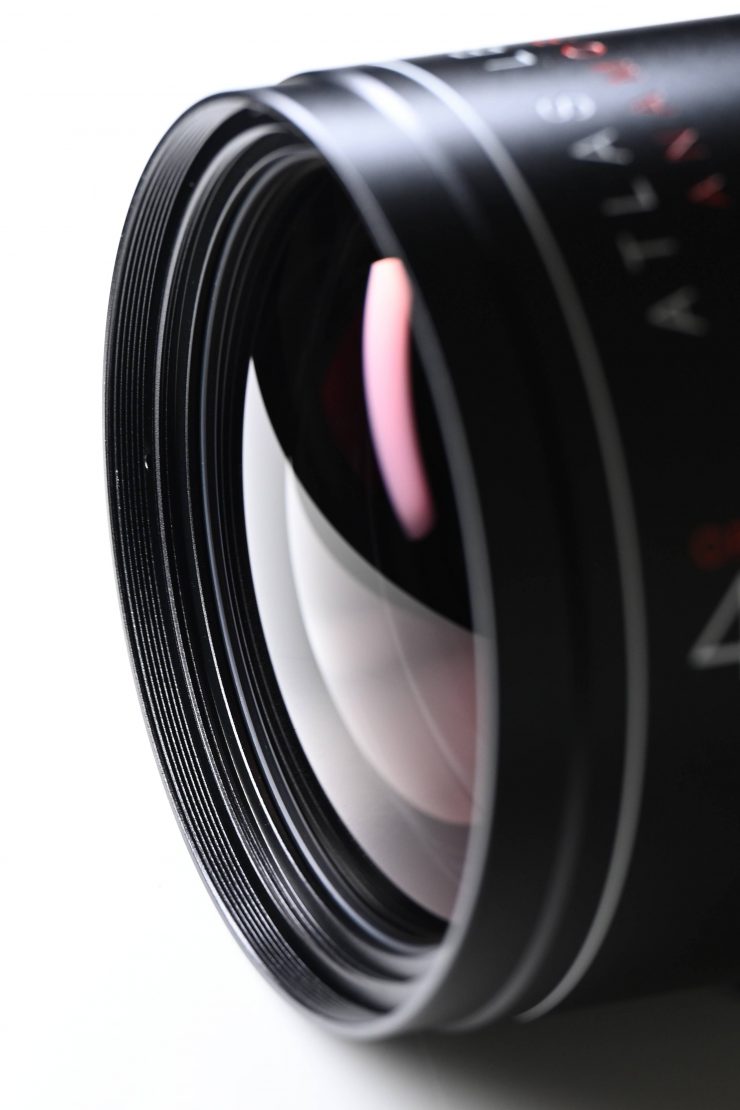
Air spacings between elements have been optimized to provide a different focus fall-off (through-focus) characteristic from standard Orion Series lenses.
While the optics have been enhanced and the coatings changed, the Orion Series Silver Edition (SE) lenses maintain a lot of the same similarities as the original versions. However, the Orion SE’s reactive, neutral flare characteristic takes on the color of your light source instead of that blue steak you get with the standard Orions.
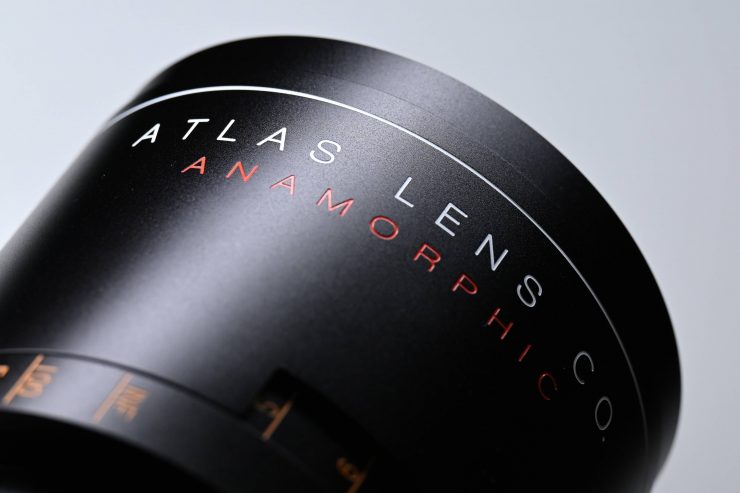
The SE versions almost look identical to the standard Orion lenses, the only difference is that the SE lenses feature a white ring instead of a yellow ring on the front.
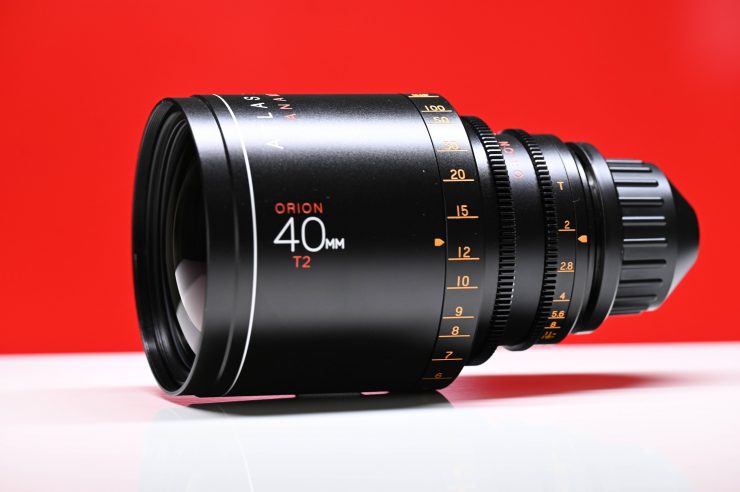
The Orion Series Anamorphic lenses feature an interchangeable mount system which allows them to be used on a wide array of cameras. The focus barrels have 270° of travel rotation.
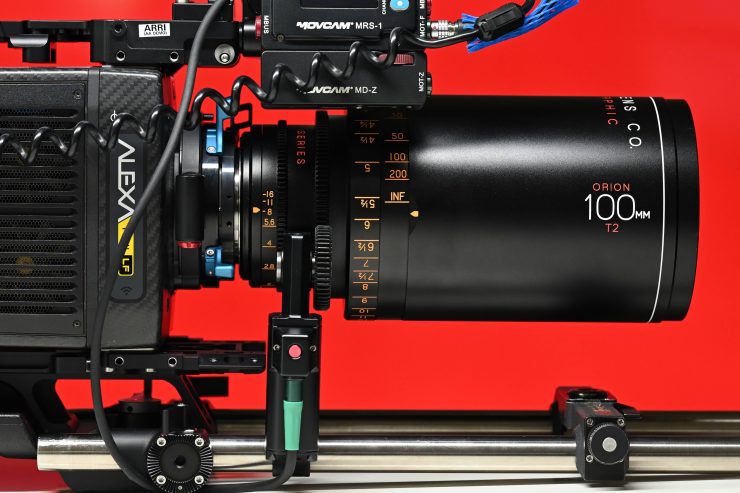
As you would expect, there is Cine pitch 0.8 mod gearing on both the iris and focus rings. They are spaced to allow simultaneous drive control, even when two motors are mounted on the same side of the lens.
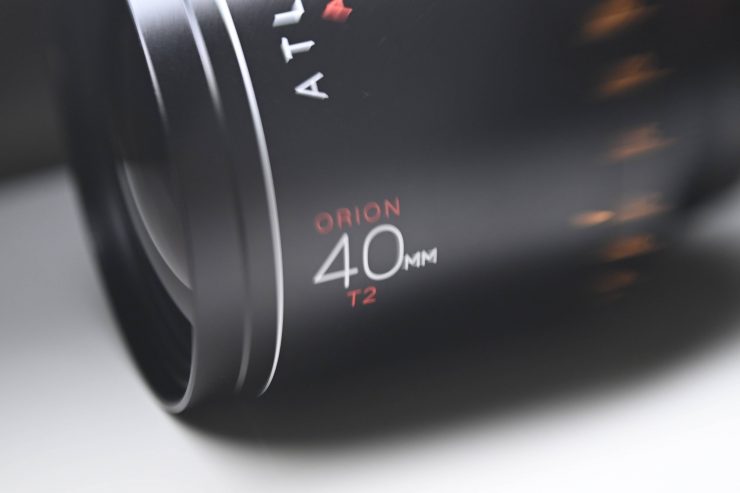
What you need to remember is that these lenses cover an image circle of 31mm, so some of the wider focal lengths can’t be used on full-frame and larger sensors.
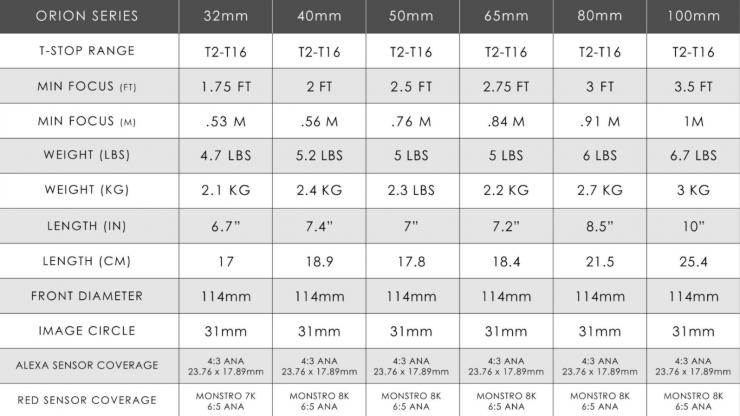
Above you can see the technical details about the lenses.
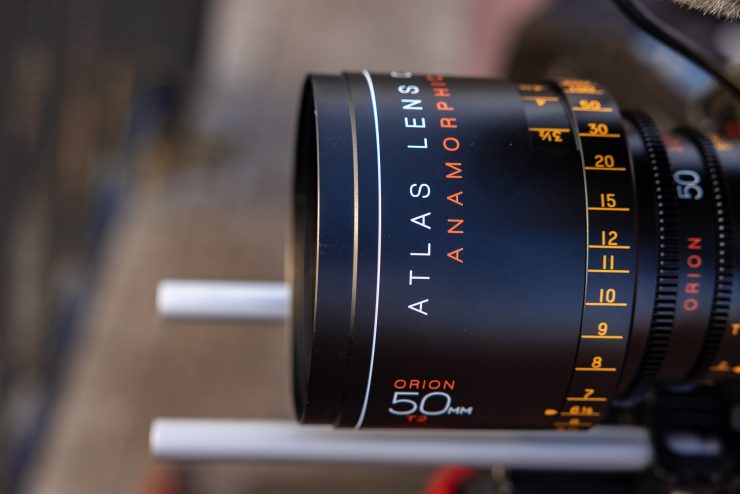
The lenses are really well made and the focus and iris rings are nicely weighted.
Using them on an ARRI ALEXA Mini LF
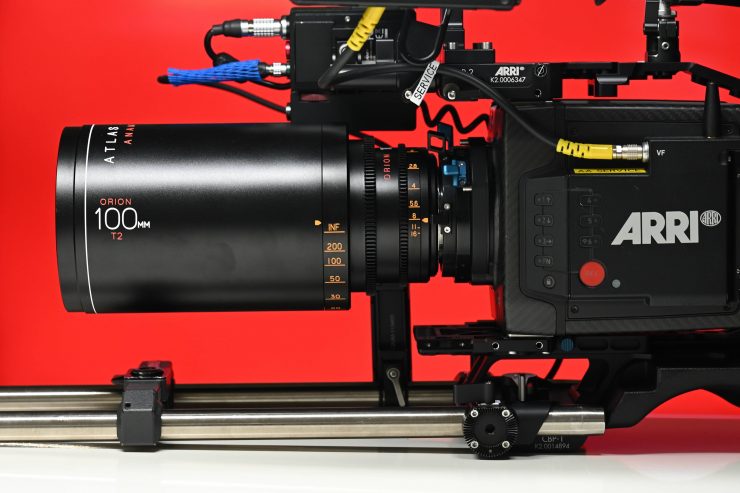
I tested out the lenses on the ARRI ALEXA Mini LF utilizing one of the camera’s new S35 recording modes. I shot in the new MXF/Apple ProRes 2.8K S35 4:3 – 2.8K mode.
Using them on a Kinefinity MAVO LF
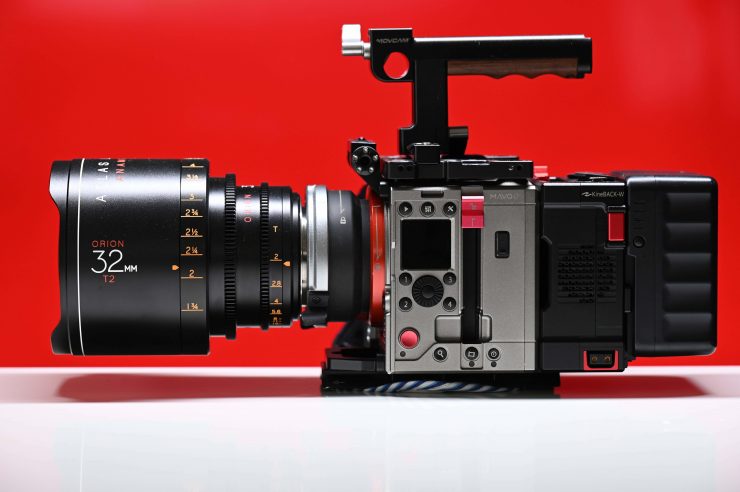
I also tried the lenses out on the Kinefinity MAVO LF. Now, the MAVO LF has a full-frame sensor, so with a lot of the wider focal lengths, you need to shoot in one of the camera’s S35 anamorphic modes.
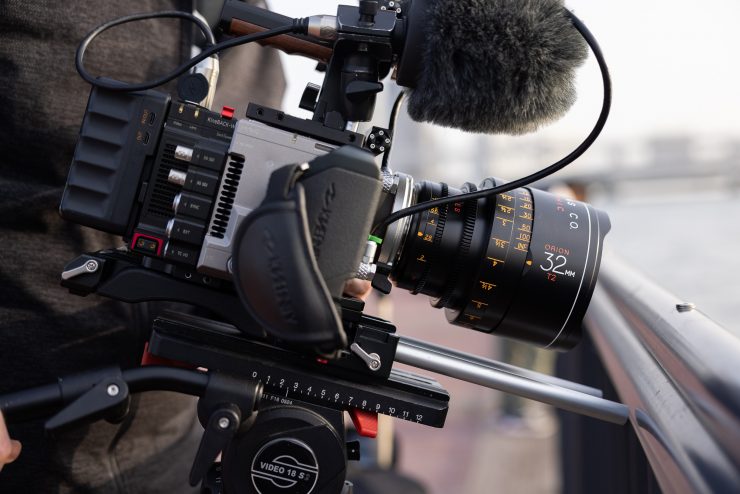
I shot in the S35 4K 6:5 mode (4096 x 3432). This provides you with the max amount of resolution when shooting in S35 on the camera.
What about if you want to use the lenses on a larger format sensor camera?
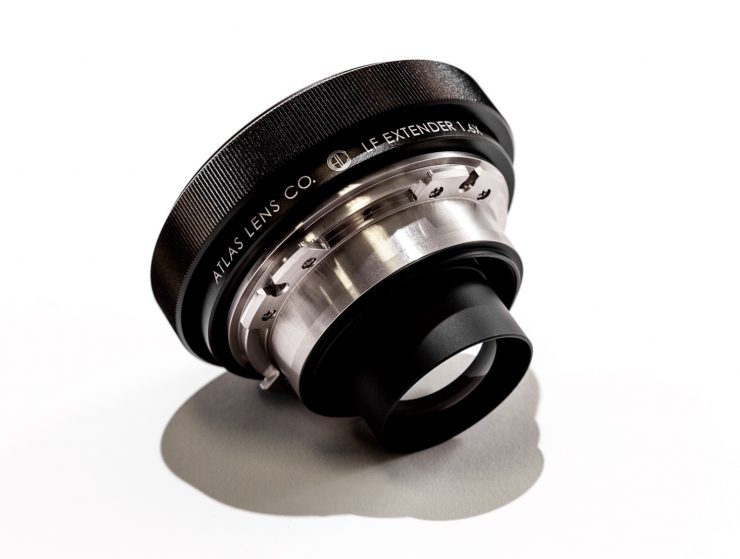
If you want to use these lenses on a larger sensor camera such as the Mini LF, you can do so with the optional Atlas LF Extender. This is an adapter (PL to PL or PL to LPL) that converts the Orion Series 2x anamorphic primes (32mm to 100mm focal lengths) so that they cover larger than S35 formats. This allows the Orion Series lenses to provide edge to edge coverage on the ARRI LF, Sony VENICE, RED Monstro, and other Full Frame / Vistavision / LF camera sensors.
The LF Extender is claimed to have been optimized to give superior optical performance even when the lenses are used wide open. You do need to factor in that you will lose 1 and 1/3 stops of light.
What do the lenses look like?
That is the million-dollar question. The standard Orion anamorphic lenses offer a good balance between a modern-looking lens and a vintage lens. This is probably one of the main reasons they have been a popular choice among cinematographers. I was curious to see whether the SE versions leaned more towards vintage than modern or whether they kept that look that has become synonymous with the original lenses.
Above you can see some clips shot on the Kinefinity MAVO LF. These were all shot in available light and a lot of the shots were done wide open at T2 so you can see how they flare and the type of bokeh you get. I had plans to shoot something in a more controlled environment but COVID restrictions here derailed those plans.

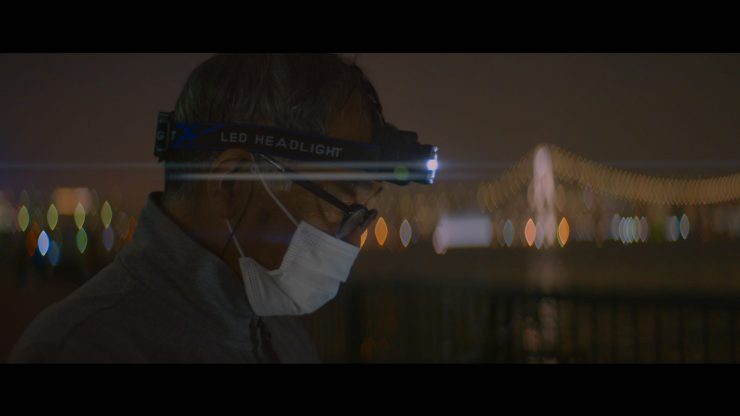
I personally like the ‘look‘ of these new SE lenses, but as always, that is a very subjective thing. I didn’t feel like they leaned more vintage than the standard Orions, and I think you could easily intercut between the SE and the standard versions without any issues. This is very similar to how you could use the Tokina Vista and Vista ONE lenses together.
The lenses do flare quite heavily when aimed at direct light sources. They still have that that traditional blue streak that a lot of people associate with anamorphic lenses, however, you will only see this with certain light sources. Most of the time you will get quite neutral streaks, and the amount of that streak will depend on how direct that lighting source is and what T stop you are using.
Above you can see two different flare tests I did with the lenses. One was on the Kinefinity MAVO LF and the other on the ARRI ALEXA Mini LF. As you can see the flares do vary quite a lot depending on the direction of the light source. I personally like the way the lenses flare, but I do understand that judging flare characteristics come down to personal choice.
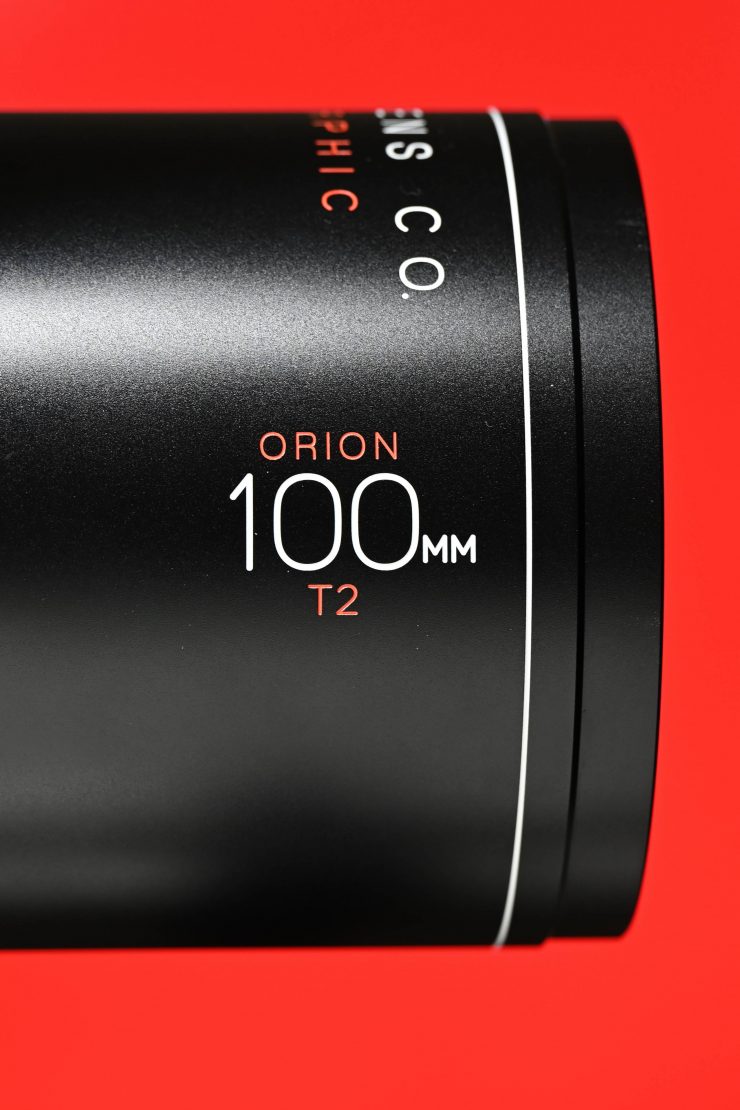
What about sharpness? Look, the lenses are not that sharp if you try and use them wide open, but in saying that, shooting wide open and having a slightly softer look may be a creative choice that you choose to go with. If you do use them wide open at T2 then they also have quite noticeable chromatic aberration. Again, the reason why a lot of people like using an anamorphic lens is because of its character and not because it is optically perfect.
Above you can see two sharpness tests I did. One using the Kinefinity MAVO LF with the 50mm T2.0 and the other when using the ARRI ALEXA Mini LF and the 100mm T2.0.
I found the lenses were better if you used them somewhere between T2.8 and T4. Again, this is just my personal preference. Look, pixel peeping with anamorphic lenses is almost always going to show optical flaws, and they are never going to be the type of lenses that look great in sharpness tests.
Price & Availability
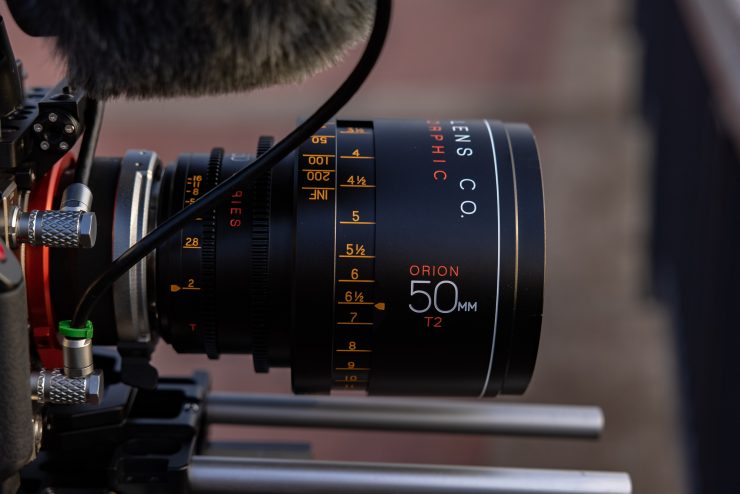
The Atlas Orion Silver Edition will only be sold as a complete 6 lens set. These sets will cost $89,000 USD and they include two ATA cases. This is also a limited edition run and only 100 sets will be made available.
Here are the nuts & bolts:
- 6 focal lengths: 32/40/50/65/80/100
- 2 limited-edition, custom silver ATA cases
- Price: $89,000 plus shipping & handling
- Available as a 6-lens set (No singles/short sets)
- Limit 1 SE set per person
Official availability opens on May the 4th 2021.
Lens sets will be available in phases, with immediate shipping availability for those who pay per phase.
Conclusion
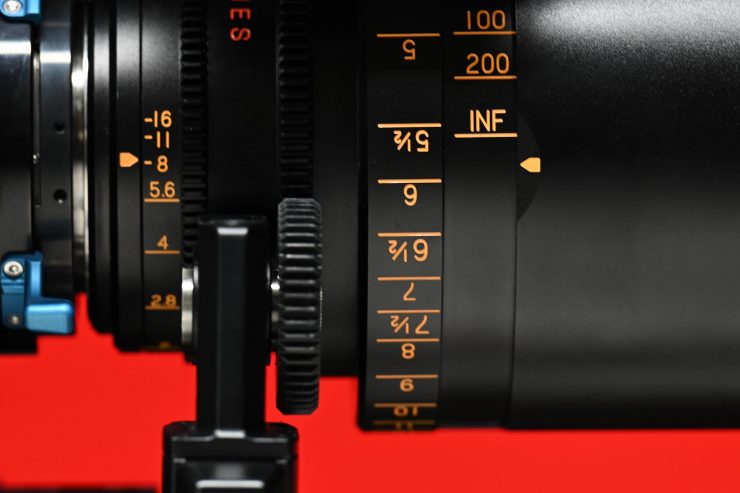
The Atlas Orion SE lenses are sure to be a popular choice with cinematographers who want to create a distinct look. I like the neutral flares, and the out-of-focus areas and bokeh are really nice.
Most anamorphic lenses are chosen because of the character they exude, and the Orion SE series certainly has that in droves. Like the vast majority of anamorphic lenses, they are not particularly sharp, especially when used wide open. You need to take this into account when shooting with them.
It is nice to see Atlas make different versions of the Orion lenses and it will be interesting to see if they end up creating a new set of anamorphic lenses that covers full-frame and larger sensors.

